
Recently I attended SEAK’s Non-Clinical Careers Conference for physicians. I wanted to do some reconnaissance for clients and get a firsthand impression of the value of this program.
I’m sitting with over 200 physicians, enjoying the continental breakfast and waiting for the conference to begin. I can’t help but overhear two doctors sitting behind me:
“So what specialty are you in?”
“Radiology”.
“Radiology! What’s the matter with you? What are you doing here? You guys have it good.”
I never heard his reply, but apparently the radiologist had his reasons and was in good company. Later, I ran into a whole group of radiologists who were bonding together during a break. As I know from my own experience, having what is considered a “cush” lifestyle and a good income is not all there is to being satisfied in one’s career.
I met doctors from a wide range of specialties. Some had tried different things to find a happier fit in medicine: doing a fellowship or a even a second residency, giving up OB due to high malpractice, or taking time off to consider options.
Some attendees were medical students, others were in the middle of internship or residency. And a few looked like retirement could be a option, but there still was a desire to work and try something new.
Over the two-day conference, there were excellent presentations from physicians employed in a variety of non-clinical sectors:
• Pharma
• Marketing and Communications
• Media and Medical Writing
• Consulting
• Finance
• Health Care Administration
• Government
• Life Insurance
• Medical Devices
One of the more popular features of the conference was the chance, if you were quick enough, to sign up for 15 minute private sessions with employers and mentors. Some recruiters were actually conducting mini-interviews.
Highpoints of this conference:
The overall high quality of the speakers. Serious subject matter, but lots of great humor. The keynote speaker, Dr. Tray Dunaway (photo), surprised us all by breaking into song and doing an amazing split second transition from suit to scrubs, and that was just the beginning.
Detailed coverage of different job possibilities, from who would be a good candidate, to salary, lifestyle and opportunities for advancement.
The chance to meet with other physicians and hear their stories.
The opportunity to speak with employers and mentors.
What could make it even better:
A 2 ½ or 3 day conference.
An option for attending more of the presentations. Because the 18 breakout sessions were conducted 2 at a time, attendees missed half of these offerings.
More slots to speak with employers to meet the demand (Plans are in the works by SEAK to have more employers next year).
More time for networking with colleagues, mentors and recruiters.
Who should attend?
I recommend the SEAK Non-Clinical Careers Seminar for physicians who are wanting more information on a part or full time career outside of clinical medicine.
At $1,295 for 2 days, the cost is substantial. However, the physicians I spoke with seemed to feel
the conference was worth the investment of time and money.
Next year’s conference will be in the Fall of 2011. Check SEAK’s website in approximately one month for date and location, as well as other courses offered for physicians.
Disclosure. I have no personal or financial affiliations with SEAK.
Latest Posts
Find what you're looking for:
Popular Categories:
Career Change | Career Enhancement | Job Search | Personal Development
3 Comments
Leave a Comment
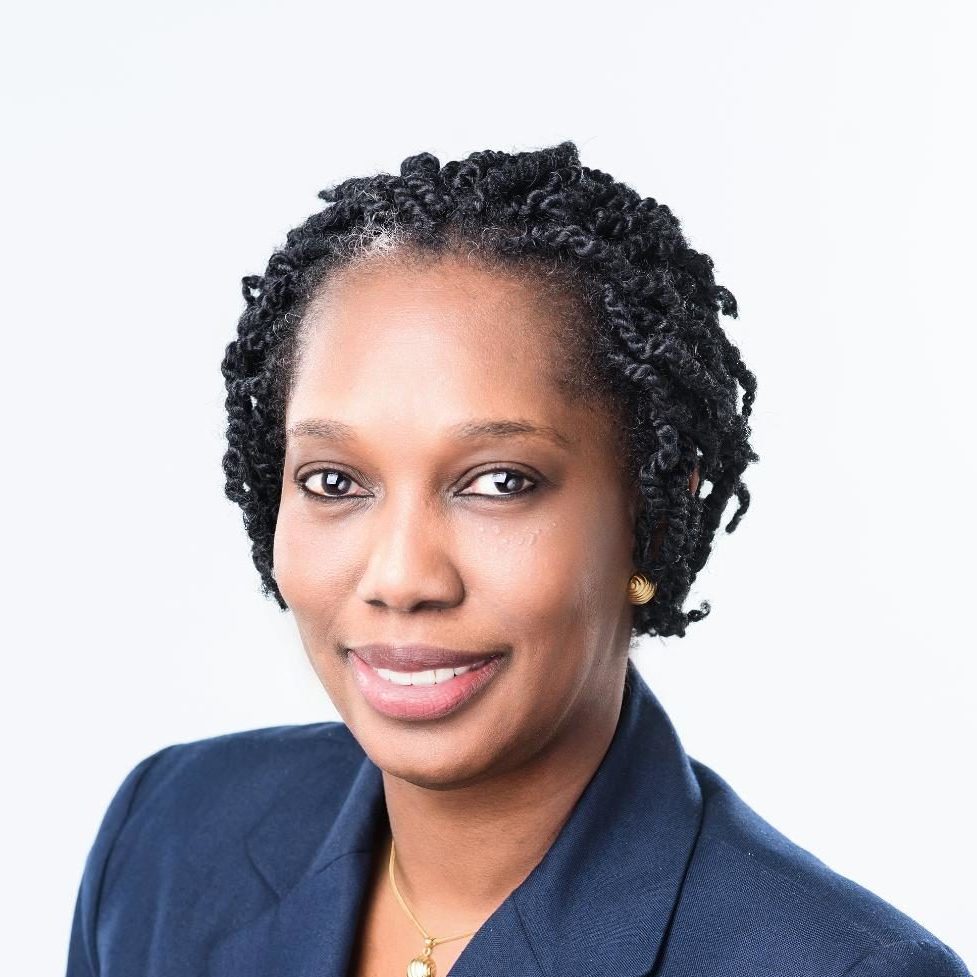
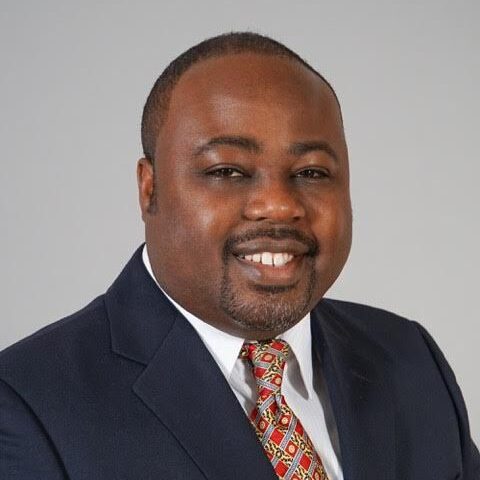
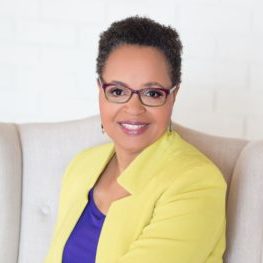


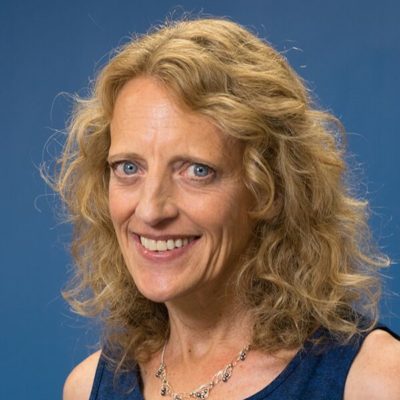
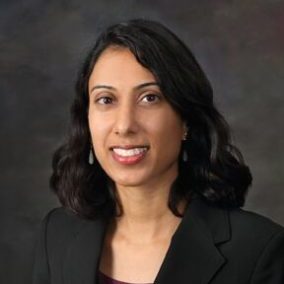
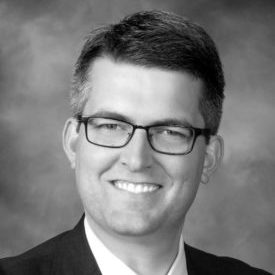
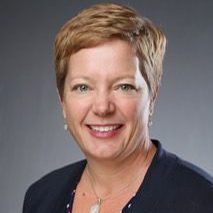
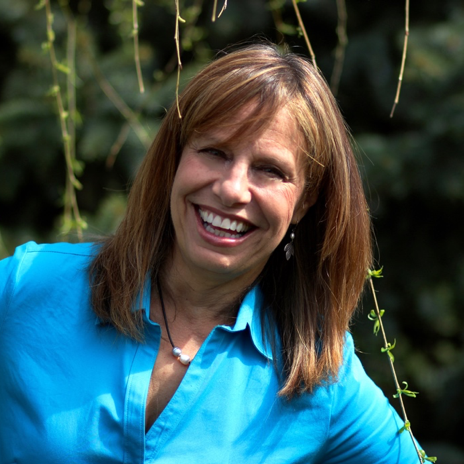
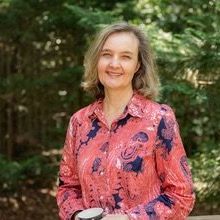
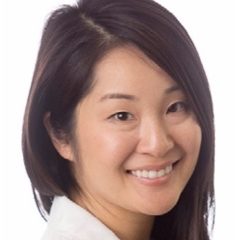
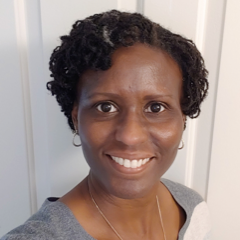
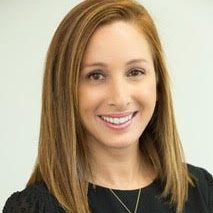

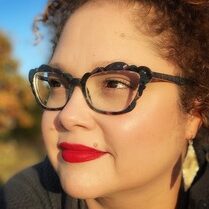

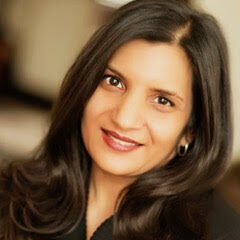
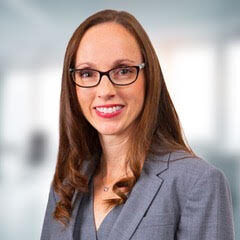




Most non-radiologists have a misinformed concept that radiology as practiced in the 1970s still holds true today. For most of us in radiology it can hardly be considered a ‘cush’ lifestyle. Between demands on increased output, a shift to 24/7 hospital coverage and declining salaries, coupled with the ever looming risk of lawsuits (anything missed on a radiology image is fair game, especially with the benefit of hindsight and the ability to zoom in on a missed finding for the jurors to see). It is no surprise to me at all that radiologists are well represented at a confrence for those seeking alternative careers. I only wonder whether in the current market there are alternatives out there.
Thank you for sharing your perspective as a practicing radiologist. It is true, we rarely know the truth about someone else’s situation unless we are privy to the reality. Available alternatives vary depending on what direction a physician is interested in pursing and how motivated he or she is in making changes. Some doctors want to continue doing clinical work in some capacity, while others desire more of a change, even going outside of healthcare. Good luck to you!
Radiology used to be a ‘cush’ job, but it has turned into a slavery nightmare. Imagine having to work at top speed for 9 hours straight, having to read CT scans in less than 45 seconds, just to keep up with the over utilization that is occurring everywhere. Never a break. Hands numb at the end of your shift from using the mouse constantly. Never getting to interact with others as you sit in a dark room of hell. And due to drops in reimbursement, making only about $80 per hour, which is less than a plumber. If you like to be abuse and crapped on constantly, this is the job for you. Enjoy!